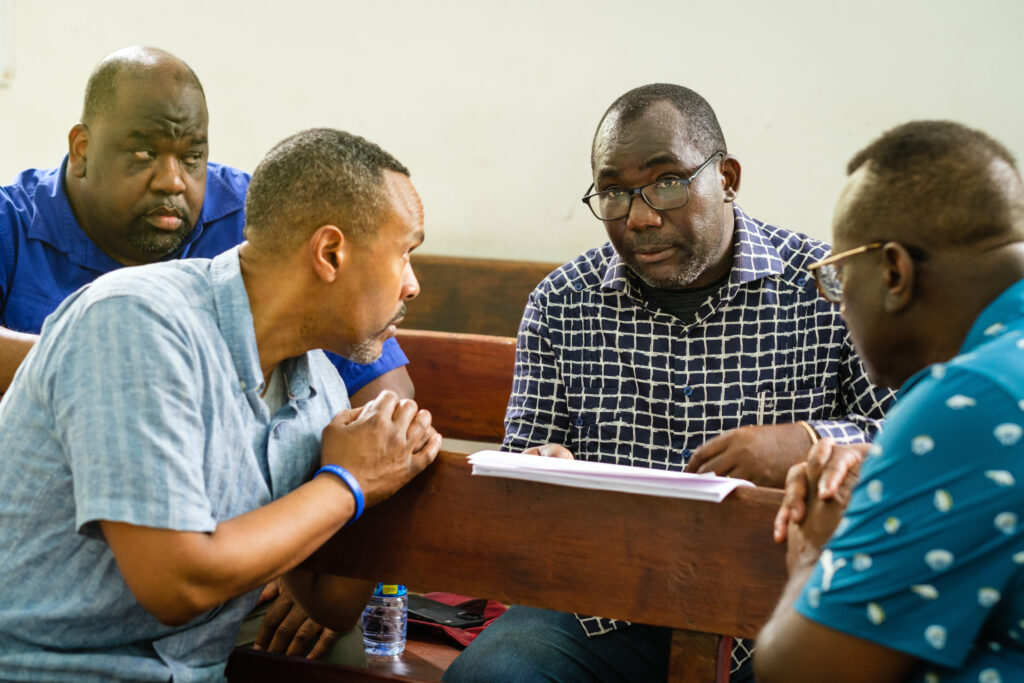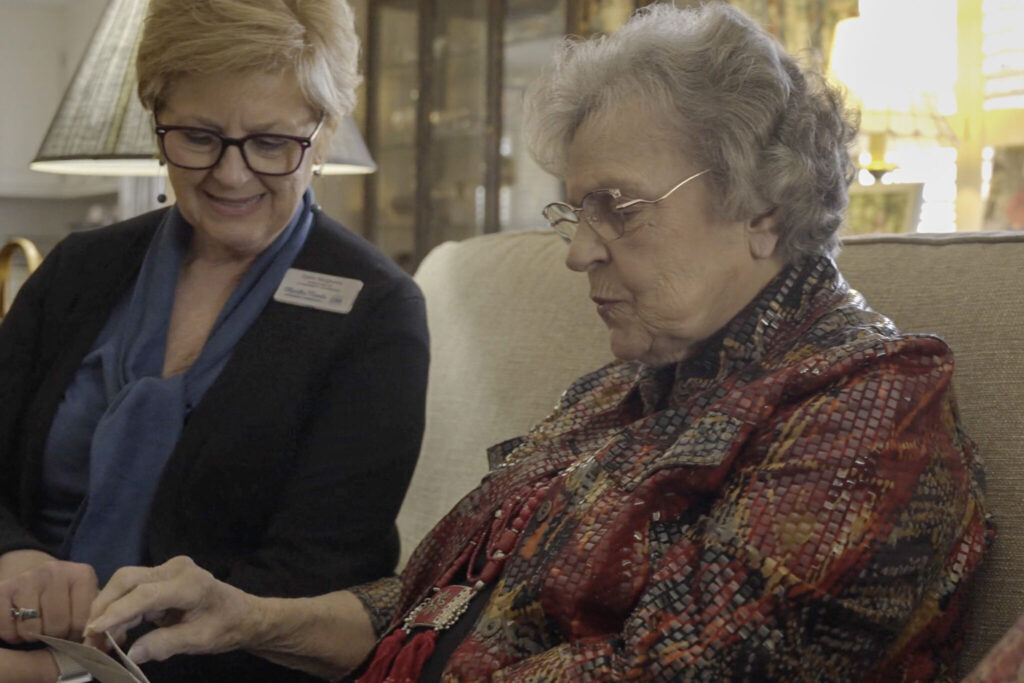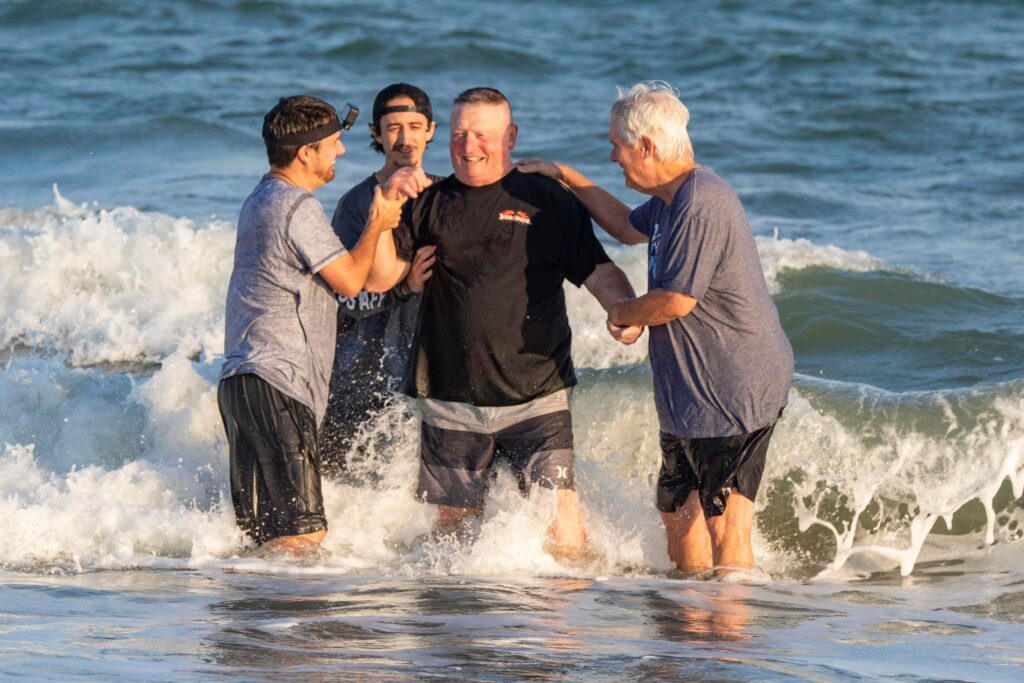A Comprehensive Strategy for Missions Giving
Late last year, I enjoyed casual conversation at a SCBaptist association’s monthly pastor gathering. We discussed Baptist doctrine, organization, mission, and funding. Several in the room asked for help with a practical strategy for funding our shared mission work locally, statewide, nationally, and globally. Each church can make a huge difference around the corner and across the globe. But sometimes church leaders need help structuring that giving so that their financial sacrifices are maximized in our shared mission. Here are five recommendations toward exactly that.
Cooperative Program (CP). The CP is the Southern Baptist missions-giving mechanism that fuels an entire ecosystem of Baptist Great Commission work. It funds international missionaries, state and North American church planting, chaplaincies, theological training, church revitalization, Baptist news and journalism, pastor care and networking, state and national public policy engagement, evangelism and discipleship strategies, disaster relief, and much more. Through the CP, a local church can maximize its financial footprint in a well-structured Baptist ecosystem of global gospel advance. As a pastor, I led churches to set aside 10% of undesignated receipts for missions giving through the CP. As a denominational servant, I encourage you to do the same. Some SCBaptist churches send 15% or 20% through the CP, and for them an army of missionaries around the world are eternally grateful.
Local Association. Your local Baptist association only benefits minimally from your church’s CP giving, in the form of project-based grants or temporary assistance from the state convention or a national entity. But associations are essential to the overall health of the Southern Baptist ecosystem. Churches need to be both invested and involved in their local associations. In local associations, for 400 years, Baptist leaders have found doctrinal accountability, contextualized wisdom, local Great Commission strategy, and lifelong relationships. As a pastor, I led churches to set aside an additional 2–4% of our undesignated receipts (above CP giving) to go directly to our local association. I encourage you to do the same.
Special Offerings. The Annie Armstrong Easter Offering accounts for at least half of the NAMB operating budget every year. The Lottie Moon Christmas Offering does the same for the IMB. The Janie Chapman State Missions Offering accounts for about 10% of the SCBaptist in-state strategic missional engagement. Some associations also have annual offerings. In short, the rhythmic, percentage-based giving from undesignated receipts is not enough to accomplish all our shared Great Commission goals. Special offerings are essential. Percentage-based budget giving is a worthy annual sacrifice for a church family. Special offerings are worthy annual sacrifices for each family unit. If collecting several special offerings each year is too cumbersome in your congregation, hold a single missions-offering emphasis once per year, over the course of 2–4 weeks, and divide the receipts between all of the special offerings listed above. Take time to explain where these offerings go, utilizing videos, graphics, and stories from the various organizations.
Local Church Projects. Don’t just give. Go! Mobilize your people to go on mission trips each year. I highly recommend you mobilize them to areas where their missionaries and church planters are already at work. Your association and/or SCBaptist Send Team can get you connected to a church planter in-state or in North America, or they can help you mobilize your people to work with an IMB missionary somewhere around the world. Set aside a portion of your annual budget to help church members go. And as a church staff, work to get them mobilized in connection with the missionaries they fund.
Extemporaneous Opportunities. Pastors, church staff, students, and families go on mission from your church each year. In addition to the organized, mechanical missions-funding above, each Christ follower should consider opportunities to financially assist those in their congregations who are answering the call to go.
SCBaptists are a missions-funding, missions-sending people. Use these five suggestions as a launching pad for evaluating your missions-giving strategy. You can find resources—like graphics, videos, and stories—for promoting our Baptist missions giving mechanisms on the websites of your association, state convention, NAMB, and IMB.
This article was featured in the April 2024 edition of The Baptist Courier.




